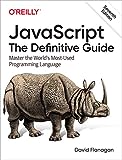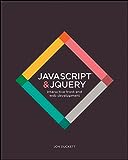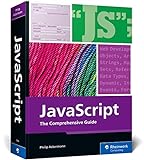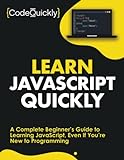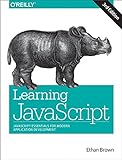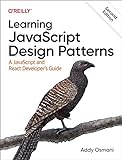In GraphQL, you can return custom errors by throwing an error within your resolver function. When an error is thrown, it will be captured by the GraphQL server and returned to the client in the form of an error response.
To return a custom error message, you can throw an error with a specific message that you want to display to the client. For example, you can throw a new Error object with a custom message like this:
1
|
throw new Error('Custom error message');
|
You can also include additional information in the error object, such as a status code or error code, to provide more context about the error to the client. This can be useful in debugging and handling errors on the client side.
By throwing custom errors in your resolver functions, you can provide more meaningful error messages to the client and improve the overall user experience of your GraphQL API.
What is the role of try-catch blocks in GraphQL resolver functions?
Try-catch blocks in GraphQL resolver functions are used to handle errors and exceptions that may occur during the execution of the resolver function. These blocks allow developers to gracefully handle errors and prevent the GraphQL server from crashing.
When an error occurs within a resolver function, it is caught by the try-catch block, which allows the developer to handle the error in a specific way, such as returning a custom error message or logging the error for debugging purposes.
Using try-catch blocks in resolver functions also helps to improve the overall reliability and robustness of a GraphQL API by ensuring that errors are handled appropriately and do not disrupt the flow of data retrieval and processing.
How to throw a custom error in GraphQL query?
In GraphQL, you can throw a custom error by using the "GraphQLError" class provided by the graphql-js library. Here is an example of how you can create a custom error in a resolver function:
1 2 3 4 5 6 7 8 9 10 11 12 13 14 15 16 17 18 19 20 |
const { GraphQLError } = require('graphql'); const resolvers = { Query: { customErrorExample: async () => { throw new GraphQLError('Custom error message'); }, }, }; const typeDefs = ` type Query { customErrorExample: String! } `; module.exports = { resolvers, typeDefs, }; |
In this example, when the "customErrorExample" resolver function is called, it will throw a custom error with the message "Custom error message". This error will be sent back to the client as part of the response.
You can also customize the error further by providing additional information such as error codes, paths, and locations. This can help the client to handle the error more effectively.
Keep in mind that handling errors properly in GraphQL applications is crucial to providing a good user experience. It's important to communicate clearly with the client about what went wrong and how they can address the issue.
How to trace errors back to their source in GraphQL server?
- Check the error message: The first step in tracing errors back to their source in a GraphQL server is to carefully examine the error message that is returned by the server. This message will typically provide some information about what went wrong, such as a syntax error or an invalid query.
- Inspect the schema: The next step is to carefully review the schema that is being used by the GraphQL server. This includes the types, fields, and relationships that are defined in the schema. If there is an error in the query or mutation that is being executed, it is likely that the source of the error can be found in the schema.
- Review the resolver functions: Resolver functions are responsible for fetching data in a GraphQL server. If there is an error in the query or mutation that is being executed, it is possible that the error is occurring in one of the resolver functions. Review the resolver functions that are associated with the query or mutation in question to see if there are any issues that could be causing the error.
- Debugging tools: Many GraphQL servers come with built-in debugging tools that can help trace errors back to their source. These tools can provide detailed information about the query execution process, including which resolver functions were called and what data was returned. Using these tools can help pinpoint the source of the error and make it easier to fix.
- Test queries: Another approach to tracing errors back to their source in a GraphQL server is to write test queries that isolate the issue. By experimenting with different queries and mutations, you may be able to identify the specific conditions that are causing the error to occur.
Overall, tracing errors back to their source in a GraphQL server requires careful attention to detail and a systematic approach to debugging. By following these steps and using the available tools and resources, you can effectively identify and resolve errors in your GraphQL server.
How to handle custom validation errors in GraphQL mutations?
To handle custom validation errors in GraphQL mutations, you can follow these steps:
- Define custom validation rules for your input data in your resolver function. This can be done by writing custom validation logic using your programming language's libraries or frameworks. For example, if you are using JavaScript, you can use tools like Joi or Yup.
- When the input data does not pass the custom validation rules, throw an error in your resolver function with a specific error message that explains the reason for the validation failure.
- In your GraphQL schema definition, make sure to include error handling for custom validation errors in your mutation type by specifying the appropriate error type, such as a custom error type like "ValidationError".
- In your resolver function, catch the custom validation error and return it in the response along with any other necessary data or validation errors that may be present.
- Update your client-side code to handle the custom validation errors returned from the server and display appropriate error messages to the user.
By following these steps, you can effectively handle custom validation errors in GraphQL mutations and provide users with meaningful error messages that help them understand why their input data was rejected.
